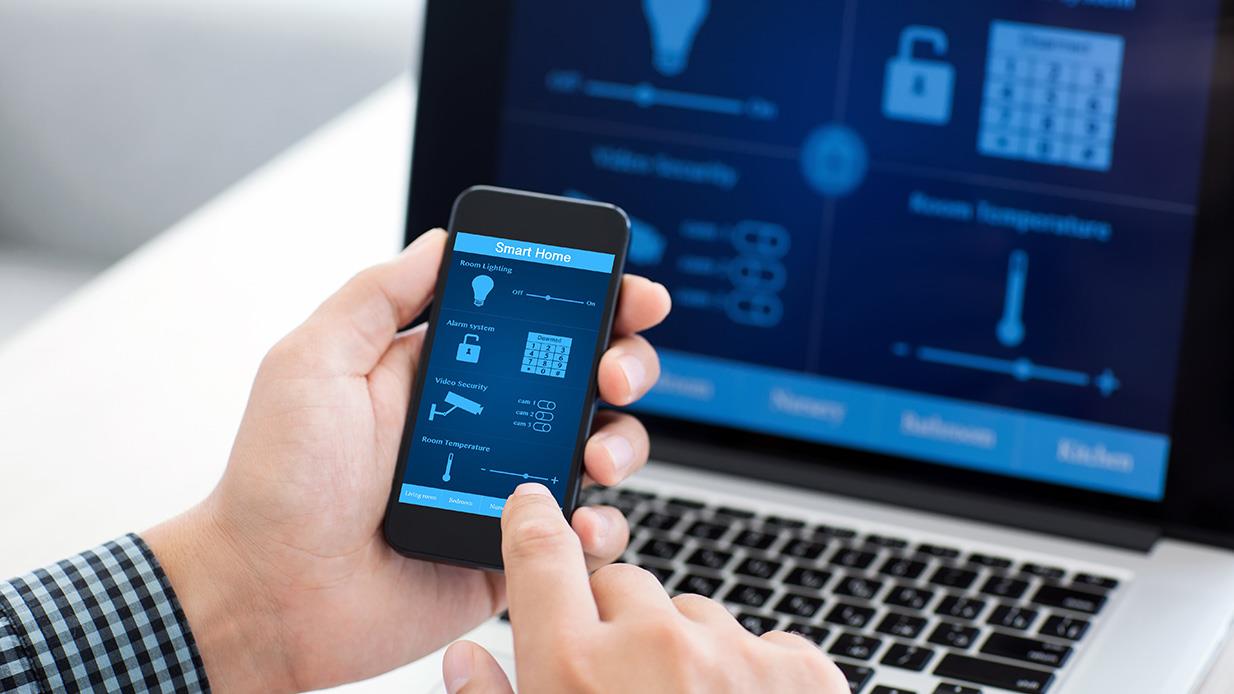Remote monitoring is a way for service technicians to view machine status and performance from a distance. It can reduce the need for on-site visits, which saves costs and time.
It also helps ensure that critical issues are resolved quickly. It is an ideal tool for MSPs. RMM software can monitor hardware, software and user information from a single interface.
Data Encryption
Whether through sensors built into equipment or an IIoT platform added to older assets, remote monitoring relays a constant, huge stream of data. The centralized system takes in this information and provides the operator with service instructions.
For example, a glucometer connected to the internet can send medical data to a physician for interpretation. Likewise, a pulse oximeter worn by patients with COPD can transmit vital signs to healthcare professionals. Digital technologies like these have become essential during the pandemic, making healthcare more personalised and convenient for patients.
Encryption methods ensure the safety of data that could be hacked by cybercriminals. This protection helps keep sensitive files secure when they’re shared remotely. It also protects devices that are lost or stolen, ensuring that unauthorized software won’t be able to access the information. These measures are especially important for organisations with employees working from home. The ability to check and correct errors remotely improves service, cutting costs and eliminating travel times.
Alerts
RM alerts can help managers quickly identify problems with their network. Examples of these alerts include device online/offline status, battery temperature, and cellular data usage alerts. By implementing these alerts, IT teams can respond to issues quickly and avoid costly outages.
The RM of CIEDs requires timely recognition of patient and device events that require intervention. Currently, the majority of RM involves a burdensome manual workflow occurring exclusively during clinic hours on weekdays. As a result, a significant volume of alerts go unanalyzed or assessed beyond office hours, resulting in a delay between the time a device issue is identified and when necessary clinical action is taken. This process could be improved by third-party alert adjudication and summarization, combined with automation and artificial intelligence. This may redirect clinic staff energy to alerts that need immediate attention and reduce the amount of nonactionable alerts sent to patients. This may improve overall RM efficiency and cost savings.
Reports
Remote monitoring software uses a variety of reports to keep track of system uptime and performance. It can ping various devices on your network to ensure they are functioning properly, and it can check disk space to see how much is available. It can also check if Windows services are running and whether or not they need to be updated.
The rising geriatric population and the need to expand healthcare access are key drivers for remote patient monitoring software and services. These systems allow patients to stay connected with their physicians and get treatment from home, which can help reduce costs and improve outcomes.
RMMs are an excellent tool for MSPs to use to manage their client’s IT infrastructure remotely. They can save time for IT teams and prevent expensive outages by automating processes. They can even proactively detect issues that would otherwise be difficult to diagnose and repair. They can also generate custom reports that give them transparency and better insights.
Security
A remote monitoring software solution offers a number of security measures to prevent data loss and ensure that the system is always functioning properly. It allows you to track important aspects of your IT infrastructure and quickly detect problems with devices that can cause serious business disruptions.
This enables you to avoid significant financial losses and keep your customers satisfied with the high level of service that you provide. It also prevents data loss by automatically creating backups on a regular basis.
RMM also includes Patch Management that proactively monitors and analyses network systems to identify vulnerabilities that have been left unpatched. In addition, it can prevent downtime by identifying and prioritizing critical issues that need immediate attention.

